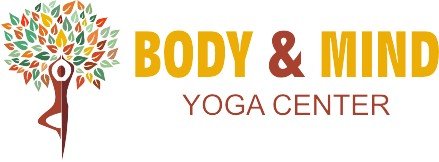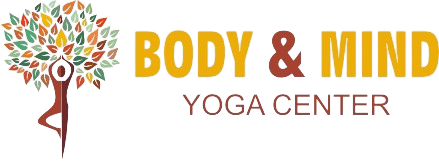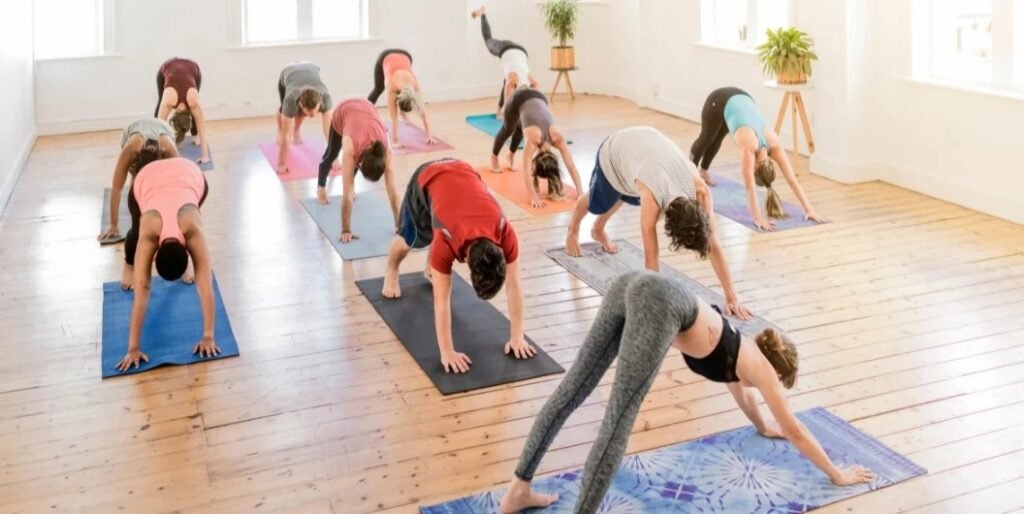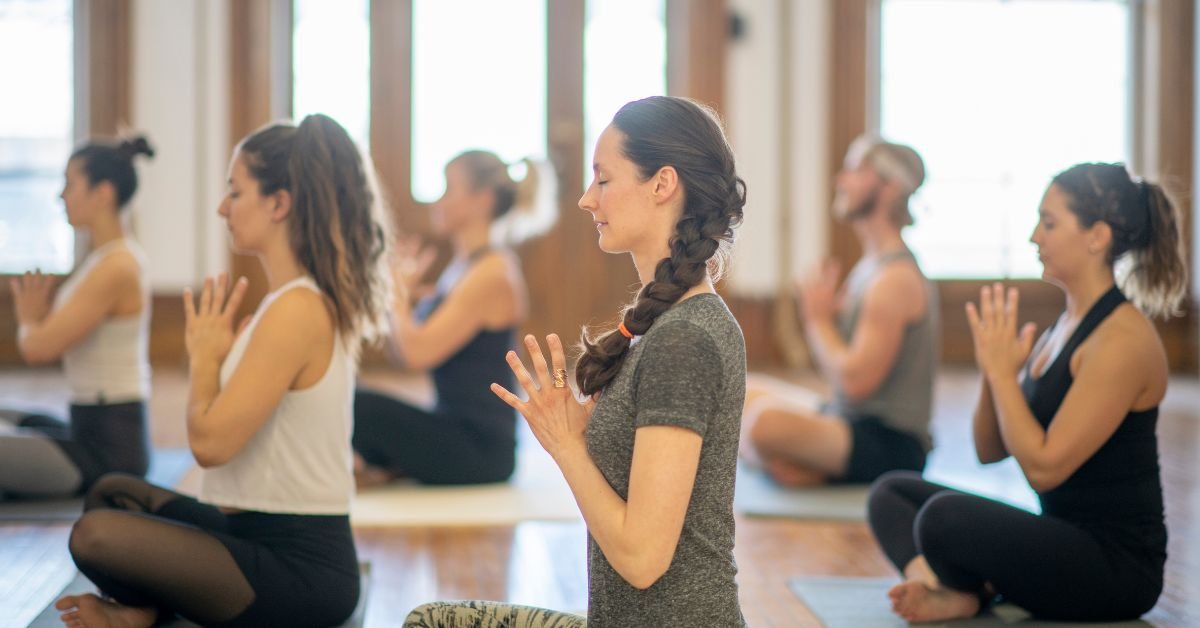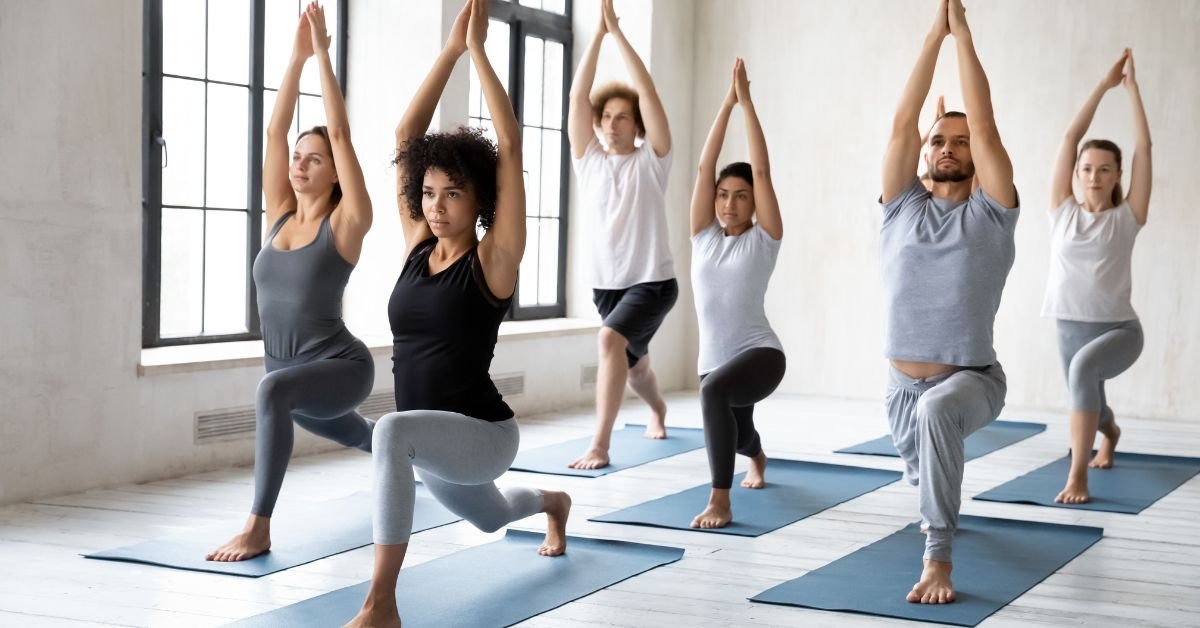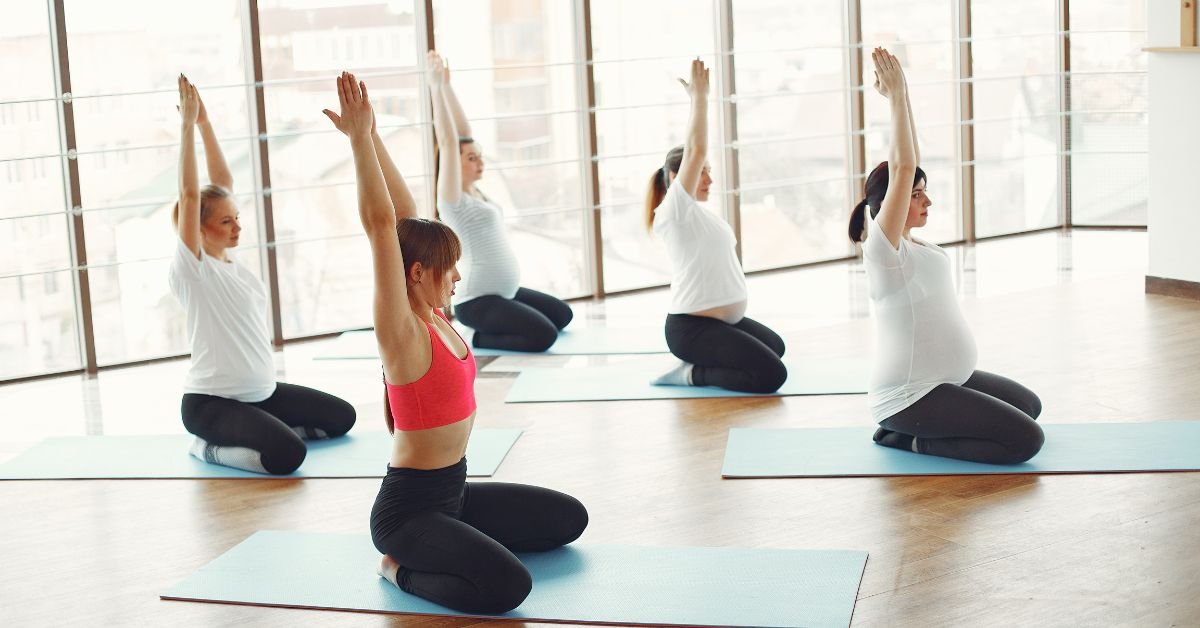Top 5 Easy Yoga Poses for Beginners

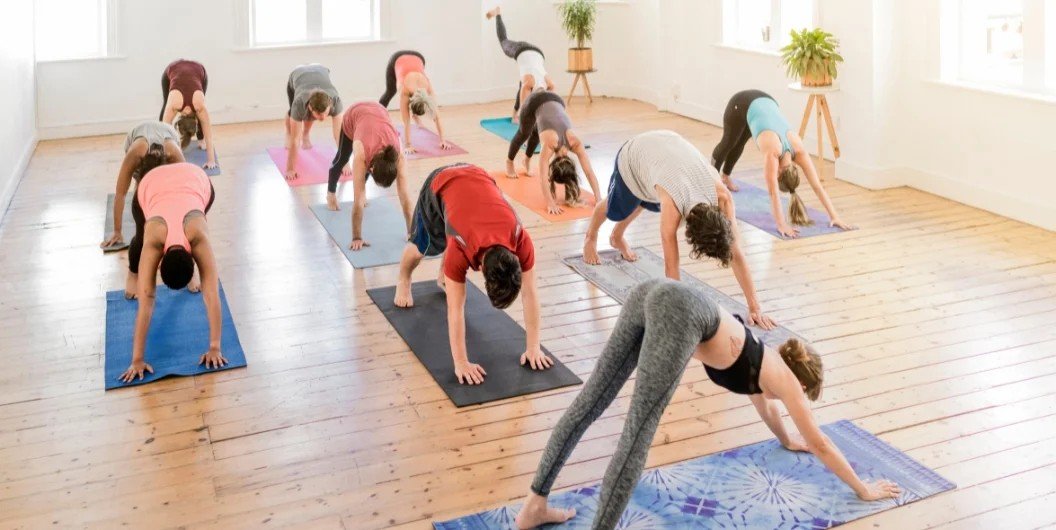
Top 5 Easy Yoga Poses for Beginners
Embarking on a yoga journey offers a myriad of benefits for beginners, both physically and mentally. From increased flexibility and strength to stress reduction and improved posture, yoga provides a holistic approach to well-being. Starting with easy yoga poses is crucial for beginners, laying a solid foundation for their practice. These beginner-friendly postures not only gently introduce individuals to the practice but also foster confidence, ensuring a gradual progression towards more complex poses as they navigate the transformative path of yoga.
What Is Yoga?
Yoga is an ancient practice that encompasses a holistic approach to well-being, combining physical postures, breath control, meditation, and ethical principles. Originating in ancient India, yoga seeks to unite the mind, body, and spirit, fostering a sense of balance and harmony. It goes beyond a mere physical exercise routine, emphasizing self-awareness and mindfulness. Through intentional breathing and movement, practitioners enhance flexibility, strength, and mental focus. Ultimately, yoga serves as a transformative journey, promoting inner peace and a deeper connection to oneself, offering tools for navigating the challenges of daily life with resilience and a calm mind.
Importance of proper breathing techniques in yoga
Proper breathing techniques are integral to yoga, serving as a foundational element that synchronizes movement and mindfulness. Breath control, or pranayama, enhances oxygen flow, promoting physical stamina and mental clarity. Deep, intentional breathing techniques aid relaxation, reducing stress and fostering a meditative state. Aligning breath with movement in yoga poses enhances focus, balances the nervous system, and optimizes energy distribution. Ultimately, cultivating mindful breathing establishes a harmonious connection between the body and mind, elevating the overall yoga experience for practitioners.
5 Easy Yoga Poses for Beginners
1. Corpse Pose (Savasana)
Corpse Pose, or Savasana, is a restorative yoga pose that involves lying flat on your back with legs extended and arms relaxed by your sides. The name reflects the pose’s resemblance to a corpse, emphasizing complete relaxation and surrender.
How to do it
- Lie down on your back with legs extended.
- Allow your feet to fall open, arms by your sides, palms facing up.
- Close your eyes, focus on your breath, and let go of any tension.
- Stay in this pose for 5-15 minutes, breathing naturally.
Benefits
– Reduces stress and anxiety.
– Promotes relaxation and improves sleep.
– Helps to calm the mind and reduce fatigue.
2. Downward-Facing Dog (Adho Mukha Svanasana)
Downward-Facing Dog, or Adho Mukha Svanasana, is a foundational yoga pose that resembles an inverted “V” shape. This pose engages the entire body, stretching and strengthening various muscle groups.
How to do it
- Start on your hands and knees, wrists under shoulders, knees under hips.
- Lift your hips towards the ceiling, straightening your legs.
- Press your palms into the mat, fingers spread wide.
- Engage your core, relax your neck, and gaze towards your toes.
Benefits
– Stretches and strengthens the entire body.
– Improves circulation and energizes the body.
– Relieves tension in the spine and shoulders.
3. Tree Pose ( Vrksasana )
Tree Pose, or Vrksasana, is a balancing pose that emulates the grace and stability of a tree. It involves standing on one leg while bringing the sole of the opposite foot to the inner thigh or calf, with hands in a prayer position.
How to do it
- Start in a standing position.
- Shift weight to one foot and bring the sole of the other foot to the inner thigh or calf.
- Press palms together in front of your chest.
- Focus on a point in front of you to help with balance.
Benefits
– Improves balance and concentration.
– Strengthens the legs and core muscles.
– Promotes a sense of calm and centeredness.
4. Bridge Pose (Setu Bandha Sarvangasana)
Bridge Pose, or Setu Bandha Sarvangasana, is a backbend that targets the spine, shoulders, and legs. It involves lifting the hips towards the ceiling while keeping the feet and palms grounded on the mat.
How to do it
- Lie on your back with knees bent and feet hip-width apart.
- Press into your feet, lifting your hips towards the ceiling.
- Interlace your fingers under your back, extending your arms.
- Keep your neck relaxed and gaze towards the ceiling.
Benefits
– Strengthens the back, glutes, and legs.
– Stretches the chest, neck, and spine.
– Stimulates abdominal organs and improves digestion.
5. Cobra Pose (Bhujangasana)
Cobra Pose, or Bhujangasana, is a gentle backbend that involves lifting the upper body while keeping the lower body grounded. This pose helps open the chest and strengthen the back.
How to do it
- Lie on your stomach with legs extended and tops of feet on the mat.
- Place palms near your chest, elbows bent.
- Inhale, lifting your chest off the mat while keeping the lower body grounded.
- Engage your back muscles and look forward or slightly upward.
Benefits
– Strengthens the spine, shoulders, and arms.
– Opens the chest and improves lung capacity.
– Relieves stress and fatigue.
In conclusion, embracing the transformative journey of yoga through beginner-friendly poses offers a gateway to enhanced well-being. From the calming Corpse Pose to the invigorating Downward-Facing Dog, these postures lay the foundation for physical and mental harmony. Incorporating proper breathing techniques amplifies the benefits, fostering resilience and calmness. To embark on this holistic path toward well-being, consider joining yoga classes in dubai, where expert guidance can further enrich your journey, fostering resilience and inner peace. Start your yoga journey today for a healthier, more balanced life.
Most Recent Posts
- All Posts
- Yoga
- Yoga For Kids
- Yoga For Womens
Category
Have Question
Looking for the best yoga classes in Dubai? Visit our state-of-the-art yoga studio and center in Dubai for a rejuvenating and transformative experience.
